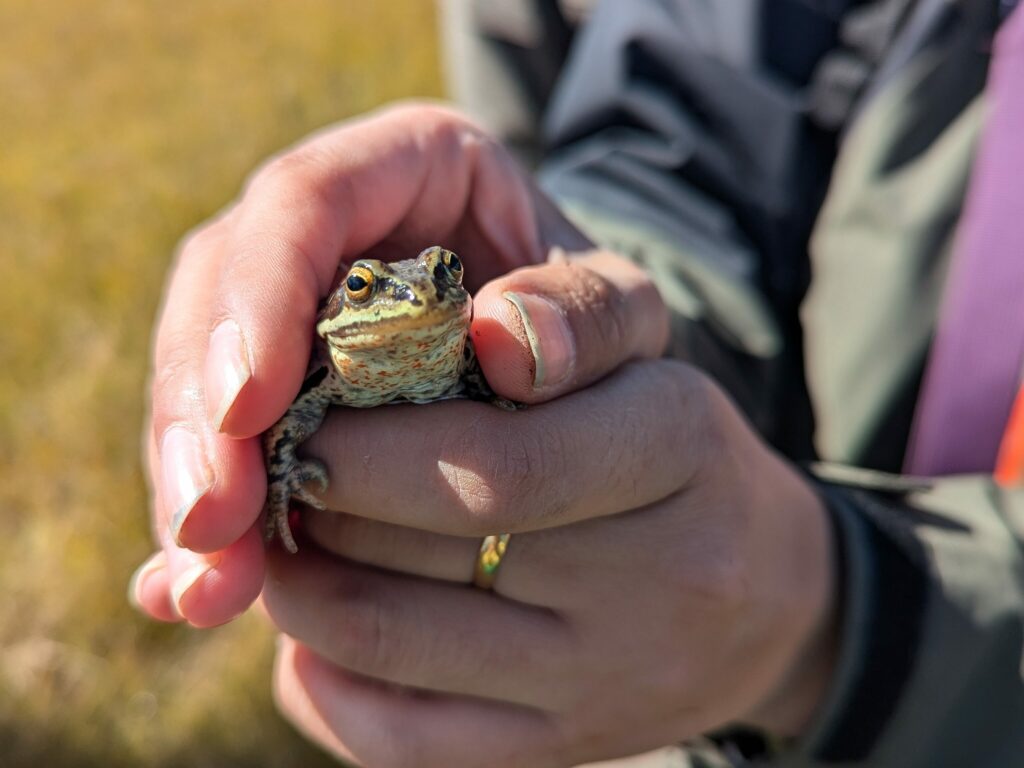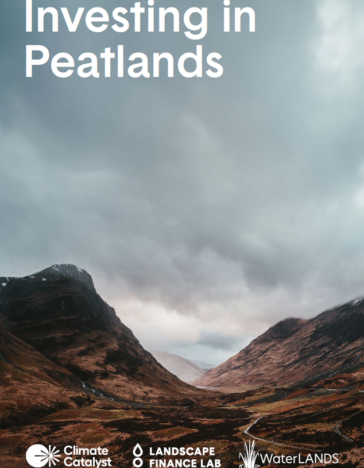
Peatlands: a hidden climate solution
Peatlands cover about 3% of our planet and include habitats like moors, bogs, mires, peat swamp forests and permafrost tundra. They are found across the globe with Southeast Asia, the Congo Basin, and the Pantanal having some of the largest peatlands.
Peatlands are a powerful nexus linking water, biodiversity and climate. But they are tremendously undervalued.
This World Peatlands Day, it is time to recognize one of our most powerful yet overlooked natural allies.
Peatlands are climate champions.
Peatlands store one-third of the world’s soil carbon, twice as much as all the forests’ biomass combined. To meet the Paris Agreement’s mitigation and adaptation goals we need a mandated change of land-use that halts peatland drainage, restores degraded areas, conserves remaining peatland carbon sinks, whilst enabling peatland positive community land-use.

Peatlands ensure water resilience.
Climate change is most deeply felt through water – erratic rainfall patterns lead to unpredictable floods and droughts. However, the sponge-like qualities of peatlands can reduce the intensity and frequency of both floods and droughts by absorbing excess water and releasing it gradually, purifying it on the way. Peatlands are important water stores. In fact, up to 70% of the UK’s drinking water is sourced from catchments dominated by peatland habitat.
Peatlands are biodiversity havens.
From the iconic cottongrass and sphagnum moss, to invertebrates like dragonflies and birds like hen harriers, peatlands sustain a large variety of flora and fauna. All 13 species of carnivorous plant recorded in the UK, for example, are found in bog habitats.

Peatlands are under threat
Peatlands worldwide are under threat, with ~15% of them degraded and drained. This has devastating consequences. While healthy and hydrated, peatlands act as carbon sinks but when drained and dried, they emit the carbon they hold back into the atmosphere, exacerbating climate change. It is a double danger of reduced carbon storage and threats of more extreme weather. Degraded peatlands account for 5% of the planet’s greenhouse gas emissions.
If we fail to protect and restore wetlands such as peatlands, we risk losing one of our most effective natural defences against water scarcity and climate change.
Restoration leads to recovery
At the Achnacarry Estate in Scotland a private partnership project has demonstrated the viability of peatland restoration. Peatlands cover about 20% of Scotland’s landscape and are vital for the nation’s efforts to combat climate change. Scottish peatlands provide habitat for rare species like the greenshank, hen harrier, and golden plover.
Private funding made available by the LVMH group allowed Wetlands International and partners Caledonian Climate to restore 75 hectares of degraded peatlands. This also contributed to Peatland ACTION, the Scottish government’s plan to restore national peatlands. With Scotland likely to miss legally binding net zero targets, peatland restoration will be key to reversing that prediction.
The project showcases how cross-sector collaboration is key to success – from private sector funders to national government frameworks, international knowledge partners and on-the-ground restoration experts.
The Peatland Breakthrough
We propose the rewetting of 50 million hectares of peatlands by 2050. Peatlands are critical assets for climate resilience, water security and sustainable growth. We have the tools to do it, the science to prove it, and now we need the investments to drive it at scale.
To further this mission, we are championing the Peatland Breakthrough, an initiative that aspires to deliver systems-level changes by rallying public and private stakeholders to safeguard and restore peatlands worldwide. The Peatland Breakthrough is driving global action to halt drainage, restore degraded peatlands, and promote sustainable practices like paludiculture.
We are calling on all private sector actors to help us mobilize the Peatland Breakthrough. To get involved, please contact us.


